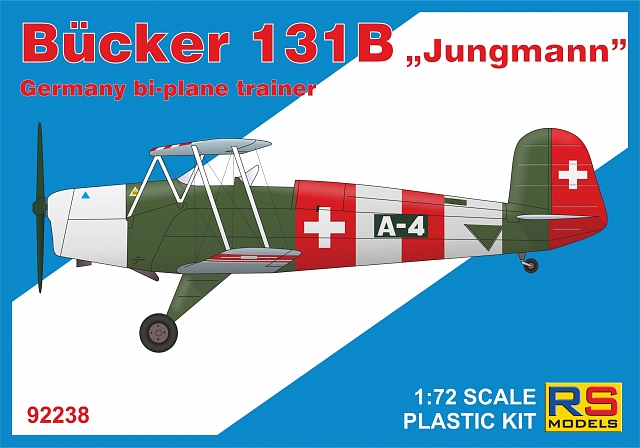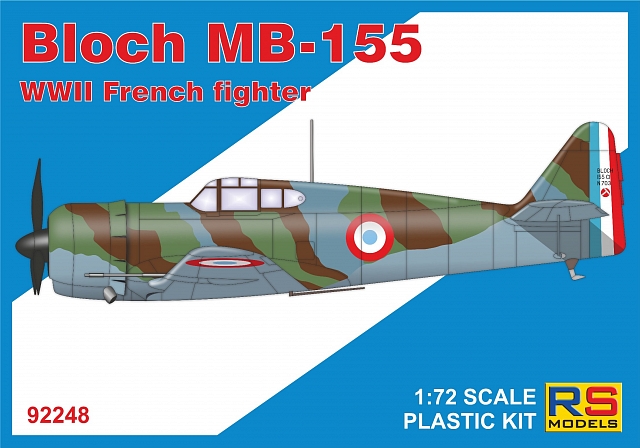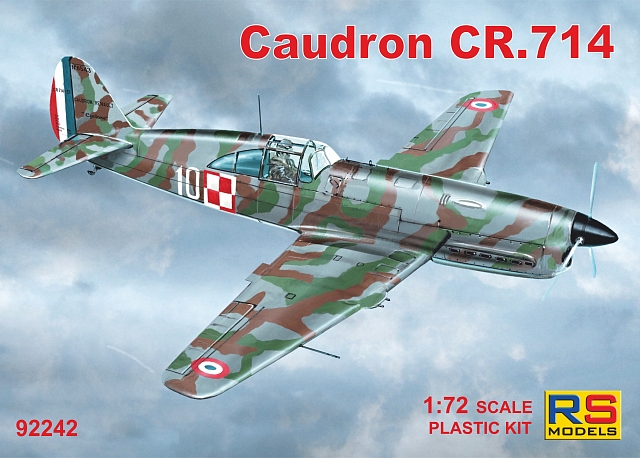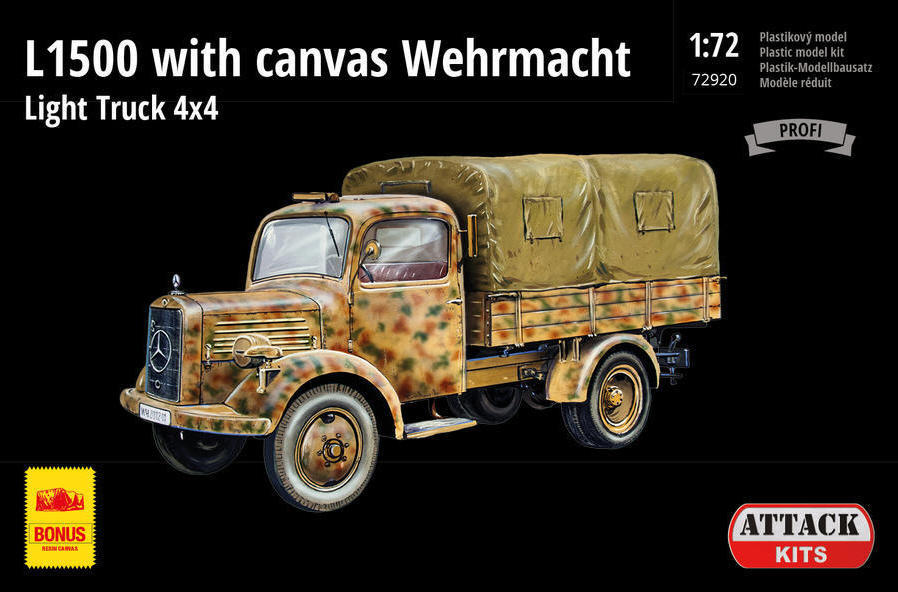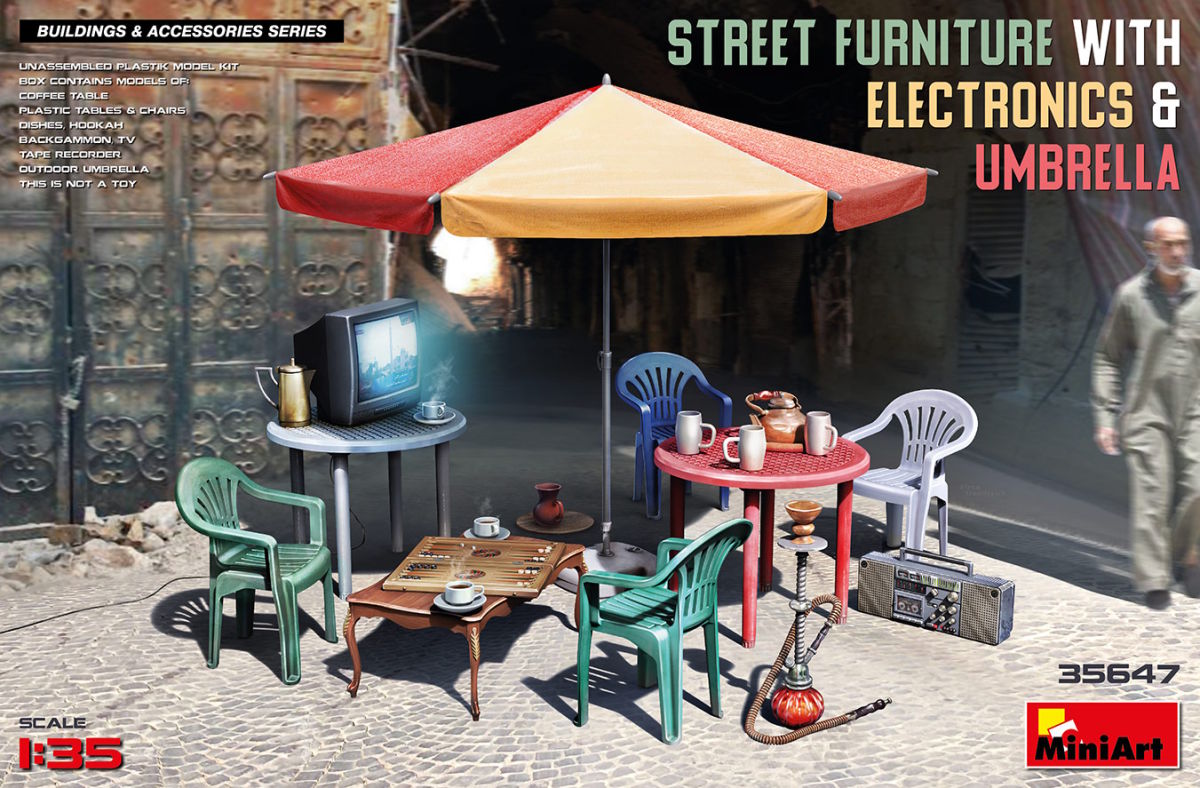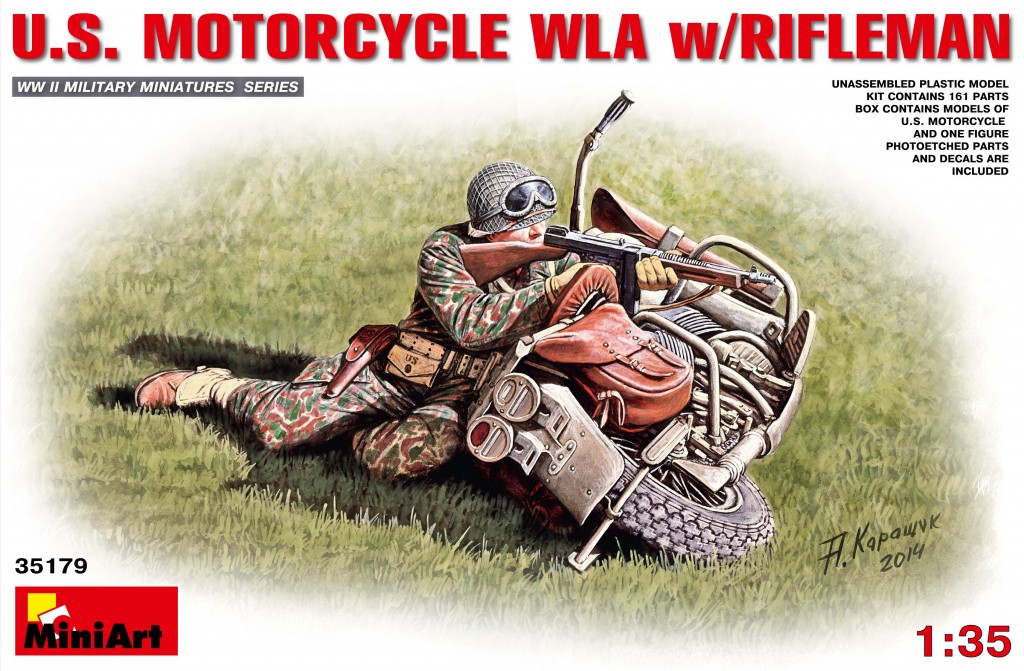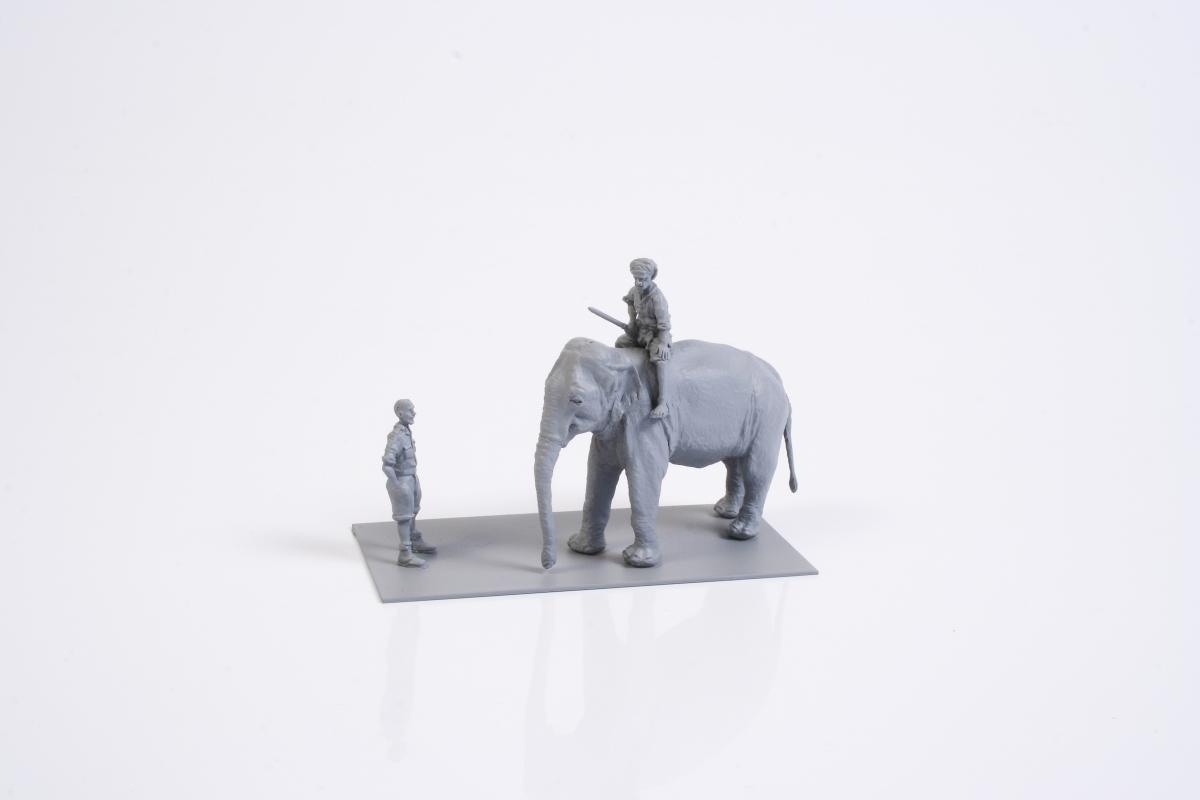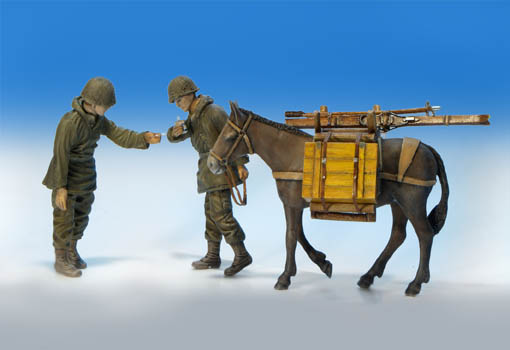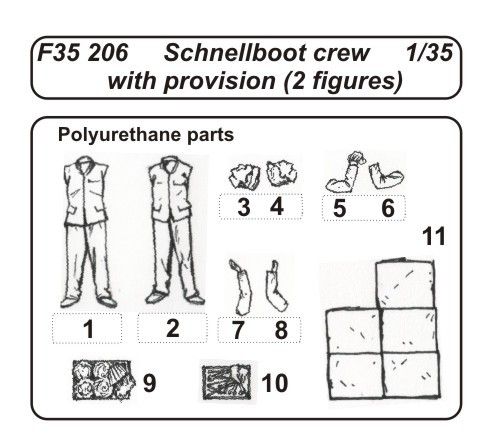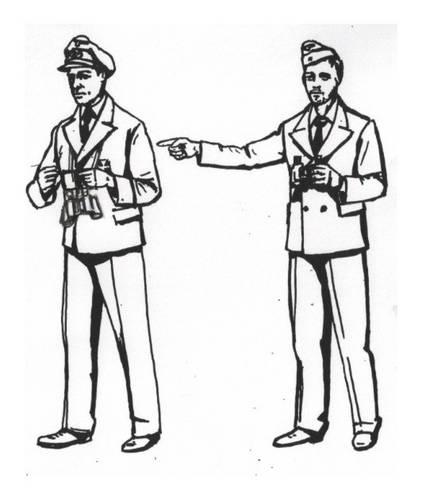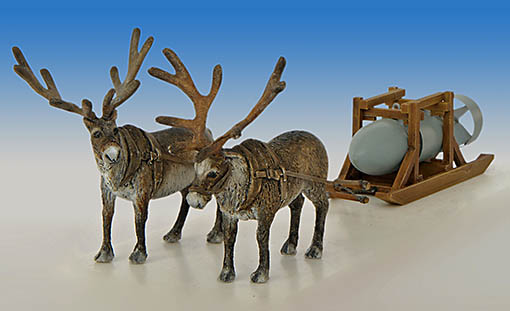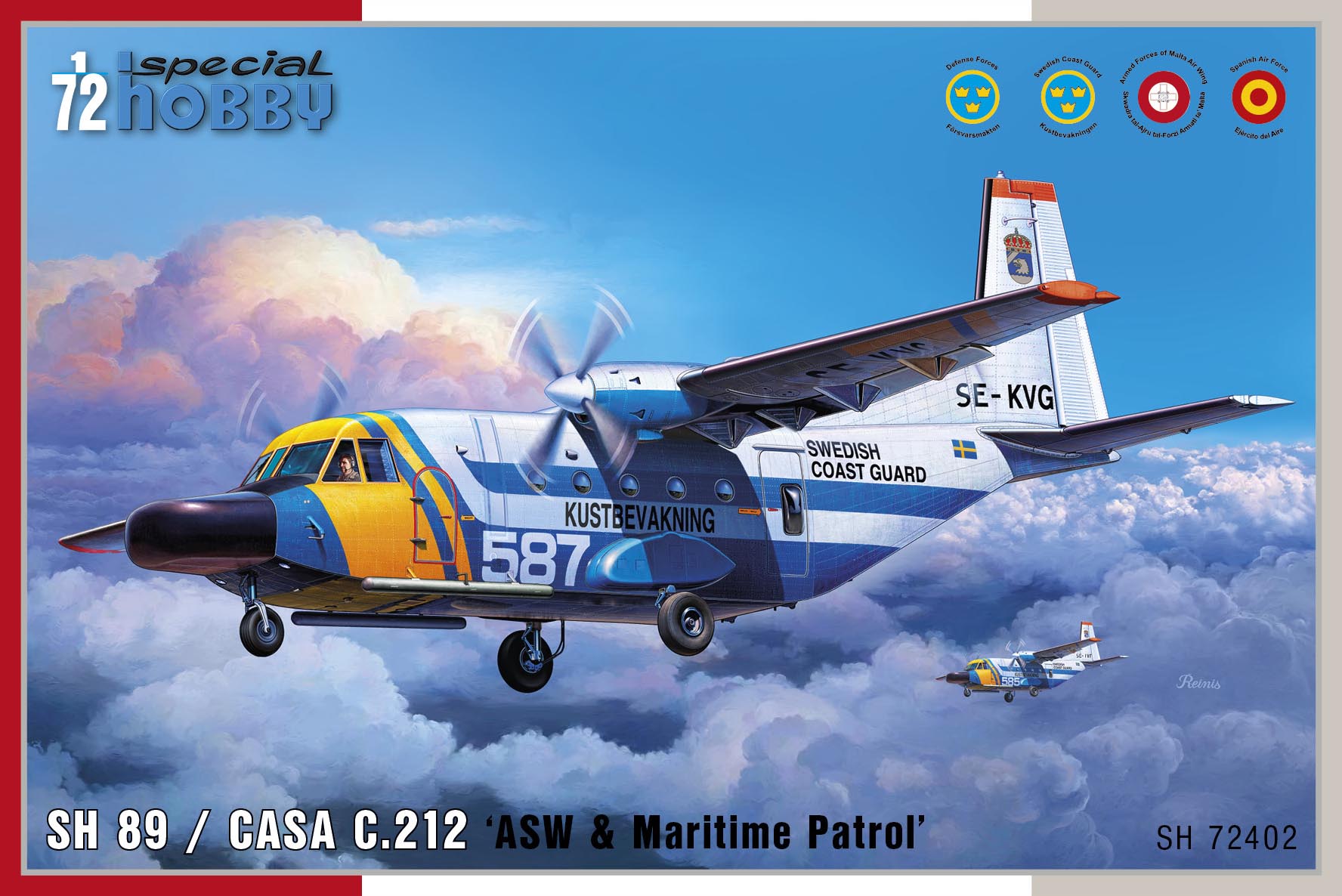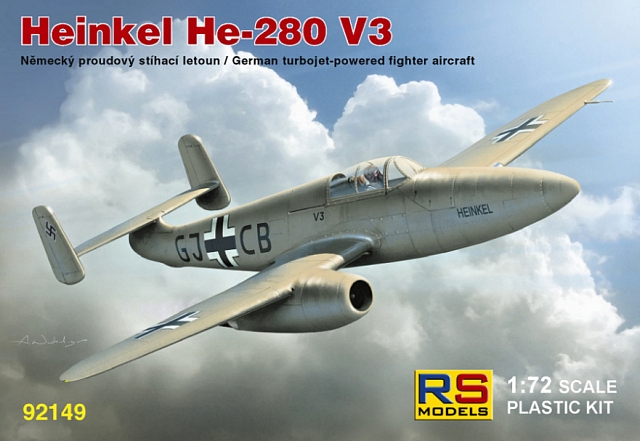Dětské zboží
Celkem 1545 produktů
Plastikový model letadla 1/72 Bücker Bü-131 B 5 decal v. for Switz, Bulgaria, Luftw., Spain, Finland. 5 decal variants1. Bücker 131B, Swiss AF, Lst, FL.Kp.55, Januar 19452. Bücker 131B, Spain AF, Tablada 19373. Bücker 131B, D-EBZE, Berlin Rangdorf 19374. Bücker 131B, Bulgarian AF, Airfield Sofia-Bozuriste 19405. Bücker 131B, Finnish Aeroclub, 1940The Bücker 131 was a biplane for aerobatic and training use. Was designed by Anders J. Anderson and first flew on April 1934. Production of the Bü 131A powered by an 80hp Hirth HM 60R began in the same year. First aircraft were delivered to the Luftwaffe in 1935 year. During 1936, was produced Bü 131B with powerful 105hp Hirth HM 504A-2 engine. Most produced was the version D. The aircraft was used by Luftwaffe as training, also by night ground-attack. Was also exported in many countries - Japan, Switzerland, Spain, Yugoslavia, Romania and Bulgaria. Under licence was built in Japan and after WWII also in Spain-CASA and Czechoslovakia as C-104 trainer with Walter Minor 4-III.
Plastikový model letadla 1/72 Bloch MB-155 5 decal v. for France, Luftwaffe. The Bloch MB.152 proved the definitive production model with nearly 500 produced. This version was powered by a Gnome-Rhone 14N-25/-49 series air cooled radial piston engine outputting at 1,100 horsepower depending on fitting. This was coupled to a three-bladed variable fixed propeller assembly. The combination supplied the aircraft with a top speed of 316 miles per hour with a range of 370 miles and service ceiling of 32,800 feet. 5 decal variants1. MB-155, No. 703, GC-1, Lt. Lefeuvre, Toulouse, June 19402. MB-155, No. 700, first prototype, France, December 19393. MB-155, No. 704, CO of 1 Escadrille, Capt. Coutaud, Agen, Algeria, June 19404. MB-155, No. 708, GC II/8, Vichy France Air-Force, 19415. MB-155, JG103, Luftwaffe, France 1943
Plastikový model letadla 1/72 Caudron CR.714 C-1 4 decal v. for France, Luftwaffe, Finland. 4 decal variants1. Caudron CR-714, 2nd Esc. GC 1/145, Dreux, A. Niewiara, June 19402. Caudron CR-714, 1st Esc. GC 1/145, Villacoublay, L. Uher, May 19403. Caudron CR-714, Finland, May 19414. Caudron CR-714, test aicraft, Luftwaffe 1940The first prototype was test flown in July 1938 and the first production machine, powered by a Renault 12R-03, was delivered in July 1939. The armament consisted of four 7,5mm MAC 1934 machine guns located in two wing gondolas. Only GC 1-145 was equipped with the Caudron C.714. It was a unit composed of Polish pilots under French command. They fought against the Luftwaffe in spring 1940 and despite the aircraft climbing, the highly battle motivated Polish pilots scored 8 confirmed victories with an overall loss of 7 pilots. Until the fall of France, more than 60 machines were produced and several were in progress. At least one machine was tested by the Luftwaffe.
Plastikový model letadla 1/72 Bloch MB-155 5 decal v. for France, Luftwaffe. The Bloch MB.152 proved the definitive production model with nearly 500 produced. This version was powered by a Gnome-Rhone 14N-25/-49 series air cooled radial piston engine outputting at 1,100 horsepower depending on fitting. This was coupled to a three-bladed variable fixed propeller assembly. The combination supplied the aircraft with a top speed of 316 miles per hour with a range of 370 miles and service ceiling of 32,800 feet. 5 decal variants1. MB-155, No. 703, GC-1, Lt. Lefeuvre, Toulouse, June 19402. MB-155, No. 700, first prototype, France, December 19393. MB-155, No. 704, CO of 1 Escadrille, Capt. Coutaud, Agen, Algeria, June 19404. MB-155, No. 708, GC II/8, Vichy France Air-Force, 19415. MB-155, JG103, Luftwaffe, France 1943
Plastikový model letadla 1/72 Caudron CR.714 C-1 4 decal v. for France, Luftwaffe, Finland. 4 decal variants1. Caudron CR-714, 2nd Esc. GC 1/145, Dreux, A. Niewiara, June 19402. Caudron CR-714, 1st Esc. GC 1/145, Villacoublay, L. Uher, May 19403. Caudron CR-714, Finland, May 19414. Caudron CR-714, test aicraft, Luftwaffe 1940The first prototype was test flown in July 1938 and the first production machine, powered by a Renault 12R-03, was delivered in July 1939. The armament consisted of four 7,5mm MAC 1934 machine guns located in two wing gondolas. Only GC 1-145 was equipped with the Caudron C.714. It was a unit composed of Polish pilots under French command. They fought against the Luftwaffe in spring 1940 and despite the aircraft climbing, the highly battle motivated Polish pilots scored 8 confirmed victories with an overall loss of 7 pilots. Until the fall of France, more than 60 machines were produced and several were in progress. At least one machine was tested by the Luftwaffe.
Plastikový model letadla 1/72 Bücker Bü-131 B 5 decal v. for Switz, Bulgaria, Luftw., Spain, Finland. 5 decal variants1. Bücker 131B, Swiss AF, Lst, FL.Kp.55, Januar 19452. Bücker 131B, Spain AF, Tablada 19373. Bücker 131B, D-EBZE, Berlin Rangdorf 19374. Bücker 131B, Bulgarian AF, Airfield Sofia-Bozuriste 19405. Bücker 131B, Finnish Aeroclub, 1940The Bücker 131 was a biplane for aerobatic and training use. Was designed by Anders J. Anderson and first flew on April 1934. Production of the Bü 131A powered by an 80hp Hirth HM 60R began in the same year. First aircraft were delivered to the Luftwaffe in 1935 year. During 1936, was produced Bü 131B with powerful 105hp Hirth HM 504A-2 engine. Most produced was the version D. The aircraft was used by Luftwaffe as training, also by night ground-attack. Was also exported in many countries - Japan, Switzerland, Spain, Yugoslavia, Romania and Bulgaria. Under licence was built in Japan and after WWII also in Spain-CASA and Czechoslovakia as C-104 trainer with Walter Minor 4-III.
Plastikový model letadla 1/72 Avro Rota C.30A 4 decal v. for Czeczslovak.,RAF, Yugoslavia, Australia. The first production design in the series was the C.30, a radial-engined autogyro with a three-blade, 37 ft (11.3 m) rotor mounted on an aft-leaning tripod, the control column extending into the rear of the two cockpits. The engine was the five-cylinder, 105 hp (78 kW) Armstrong Siddeley Genet Major I used in the C.19 series. The fabric-covered fuselage carried an unbraced tailplane, without elevators but with turned-up tips. The port side of the tailplane had an inverted aerofoil section to counter roll-axis torque produced by the propeller. As with most autogyros, a high vertical tail was precluded by the sagging resting rotor, so the dorsal fin was long and low, extending well aft of the tailplane like a fixed rudder and augmented by a ventral fin. The wide-track undercarriage had a pair of single, wire-braced legs and a small tail wheel was fitted. This model flew in April 1933. It was followed by four improved machines designated C.30P (P here for pre-production) which differed in having a four-legged pyramid rotor mounting and a reinforced undercarriage with three struts per side. The rotor could be folded rearwards for transport. The C.30P used the more powerful (140 hp, 104 kW) seven-cylinder Armstrong Siddeley Genet Major IA radial engine.
Plastikový model letadla 1/72 Avro Rota C.30A 4 decal v. for Czeczslovak.,RAF, Yugoslavia, Australia. The first production design in the series was the C.30, a radial-engined autogyro with a three-blade, 37 ft (11.3 m) rotor mounted on an aft-leaning tripod, the control column extending into the rear of the two cockpits. The engine was the five-cylinder, 105 hp (78 kW) Armstrong Siddeley Genet Major I used in the C.19 series. The fabric-covered fuselage carried an unbraced tailplane, without elevators but with turned-up tips. The port side of the tailplane had an inverted aerofoil section to counter roll-axis torque produced by the propeller. As with most autogyros, a high vertical tail was precluded by the sagging resting rotor, so the dorsal fin was long and low, extending well aft of the tailplane like a fixed rudder and augmented by a ventral fin. The wide-track undercarriage had a pair of single, wire-braced legs and a small tail wheel was fitted. This model flew in April 1933. It was followed by four improved machines designated C.30P (P here for pre-production) which differed in having a four-legged pyramid rotor mounting and a reinforced undercarriage with three struts per side. The rotor could be folded rearwards for transport. The C.30P used the more powerful (140 hp, 104 kW) seven-cylinder Armstrong Siddeley Genet Major IA radial engine.
1/48 Ox Towing Me 163B with a Luftwaffe Ground Crew. At the final stages of WW2, the Third Reich faced serious shortage of fuel and to save the maximum amount possible, draft animals were used for taxiing aircraft on airfields, too. Even the most advanced jet and rocket-powered military aircraft such as the Me 262 or Me 163 were often seen in 1945 being towed like a mere middle ages style ox cart. This set contains a figure of a Luftwaffe groundcrew with a draft animal ready to tow a Me 163 Komet on the airfield (the figures have been sculpted based on a period photo. However, a photo of a Bf 109G being towed by such poor animal exists too). The draft animal offered in our set can be used in any other type of diorama as well. Country: Germany / WWII
1/32 Luftwaffe Ground Crew Pulling V1 on Trolley . To accompany our Fieseler Fi 103/ V-1 a SH32074 Fi 103A-1/ Re 4 Reichenberg model kits, our designers have sculpted two Luftwaffe ground crew member figures who are, in quite a relaxed manner, pulling a trolley with the V1 missile. This set can be utilized in a differend kind of diorama, too. Nationality: Germany / WWII
Plastikový model letadla 1/72 SH 89 / CASA C.212 'ASW & Maritime Patrol' . The CASA C.212 is a Spanish turboprop-powered STOL cargo aircraft that has seen service with a wide range of countries and flew in many different roles, one of them being maritime surveillance and patrol. Machines fitted for this sort of tasks carry radar antennae in distinctive, duck beak like shaped radomes at the front of the fuselage as well as some more electronics equipment within the airframe. Highly accurate and nicely detailed model Precisely designed sheet of decals offering markings for two Swedish airframes in different colour schemes, one Malta-based machine and a Spanish one. Specific antenna arrays made of resin and photo-etches Double-slotted wing flaps – resin set no.7407 – is recommended for discerning modeller
Plastikový model letadla 1/48 Reggiane Re 2000 I. Serie. Just before the outbreak of WW2, the Reggiane Re 2000 took part in the competition for the standard fighter which was to serve with the Italian air force. Even though the type offered quite high performance, it eventually did not win, so the most of the production was offered for export. The Regia Aeronautica, however, decided to give the type a try and deployed it mainly in the dangerous operations against Malta. The model kit contains four styrene sprues and one with clear parts. The wing sprue has its origins in the Classic Airframes kit while all the other components are brand new, the small ones being produced from metal moulds. Italian WW2 fighter aeroplane three eye-catching marking options bearing the Italian mottle camouflage pattern we also offer separate resin sets and pre-cut masks
Plastikový model letadla 1/48 Reggiane Re 2000 I. Serie. Just before the outbreak of WW2, the Reggiane Re 2000 took part in the competition for the standard fighter which was to serve with the Italian air force. Even though the type offered quite high performance, it eventually did not win, so the most of the production was offered for export. The Regia Aeronautica, however, decided to give the type a try and deployed it mainly in the dangerous operations against Malta. The model kit contains four styrene sprues and one with clear parts. The wing sprue has its origins in the Classic Airframes kit while all the other components are brand new, the small ones being produced from metal moulds. Italian WW2 fighter aeroplane three eye-catching marking options bearing the Italian mottle camouflage pattern we also offer separate resin sets and pre-cut masks
Plastikový model letadla 1/72 SH 89 / CASA C.212 'ASW & Maritime Patrol' . The CASA C.212 is a Spanish turboprop-powered STOL cargo aircraft that has seen service with a wide range of countries and flew in many different roles, one of them being maritime surveillance and patrol. Machines fitted for this sort of tasks carry radar antennae in distinctive, duck beak like shaped radomes at the front of the fuselage as well as some more electronics equipment within the airframe. Highly accurate and nicely detailed model Precisely designed sheet of decals offering markings for two Swedish airframes in different colour schemes, one Malta-based machine and a Spanish one. Specific antenna arrays made of resin and photo-etches Double-slotted wing flaps – resin set no.7407 – is recommended for discerning modeller
